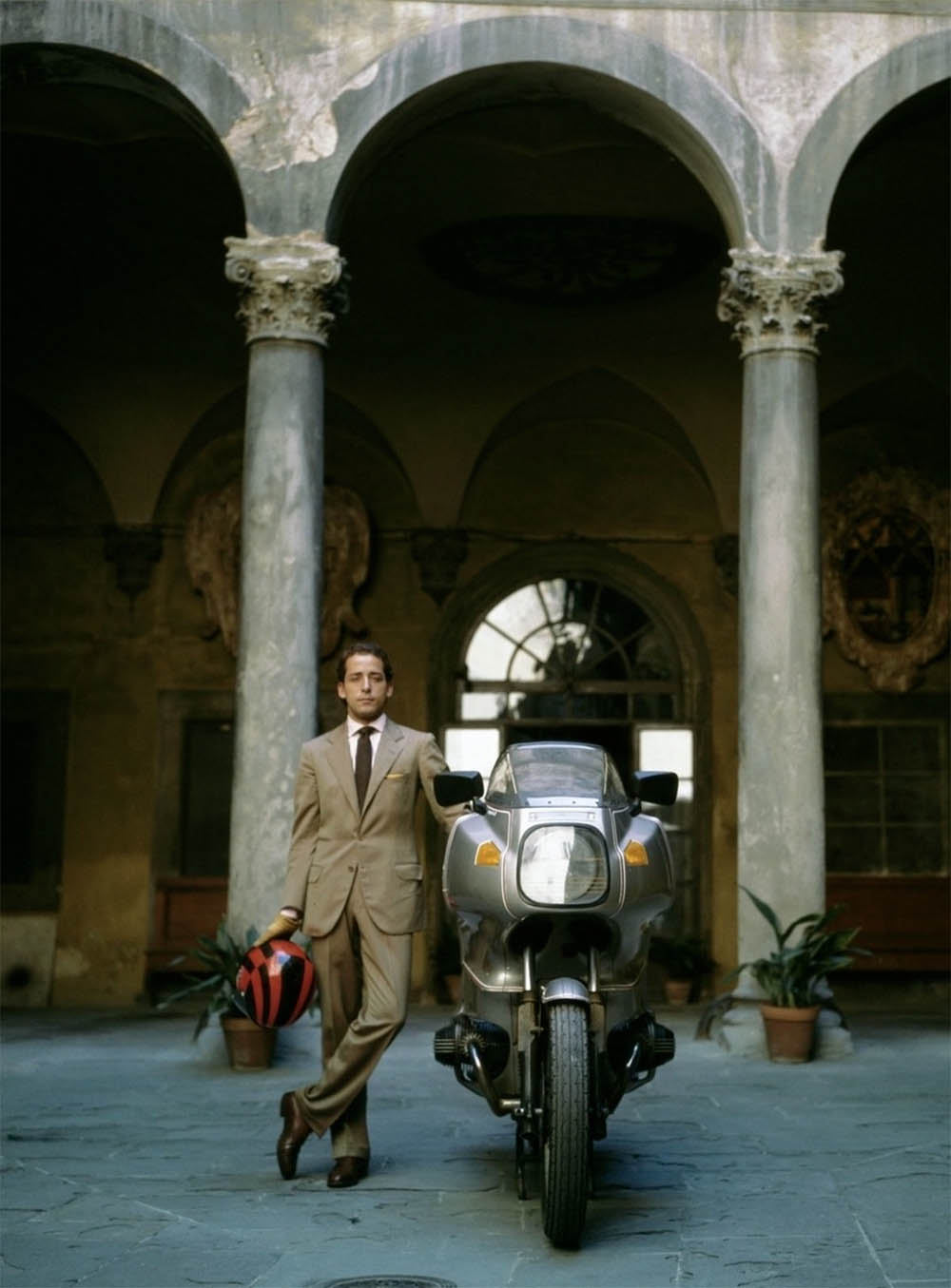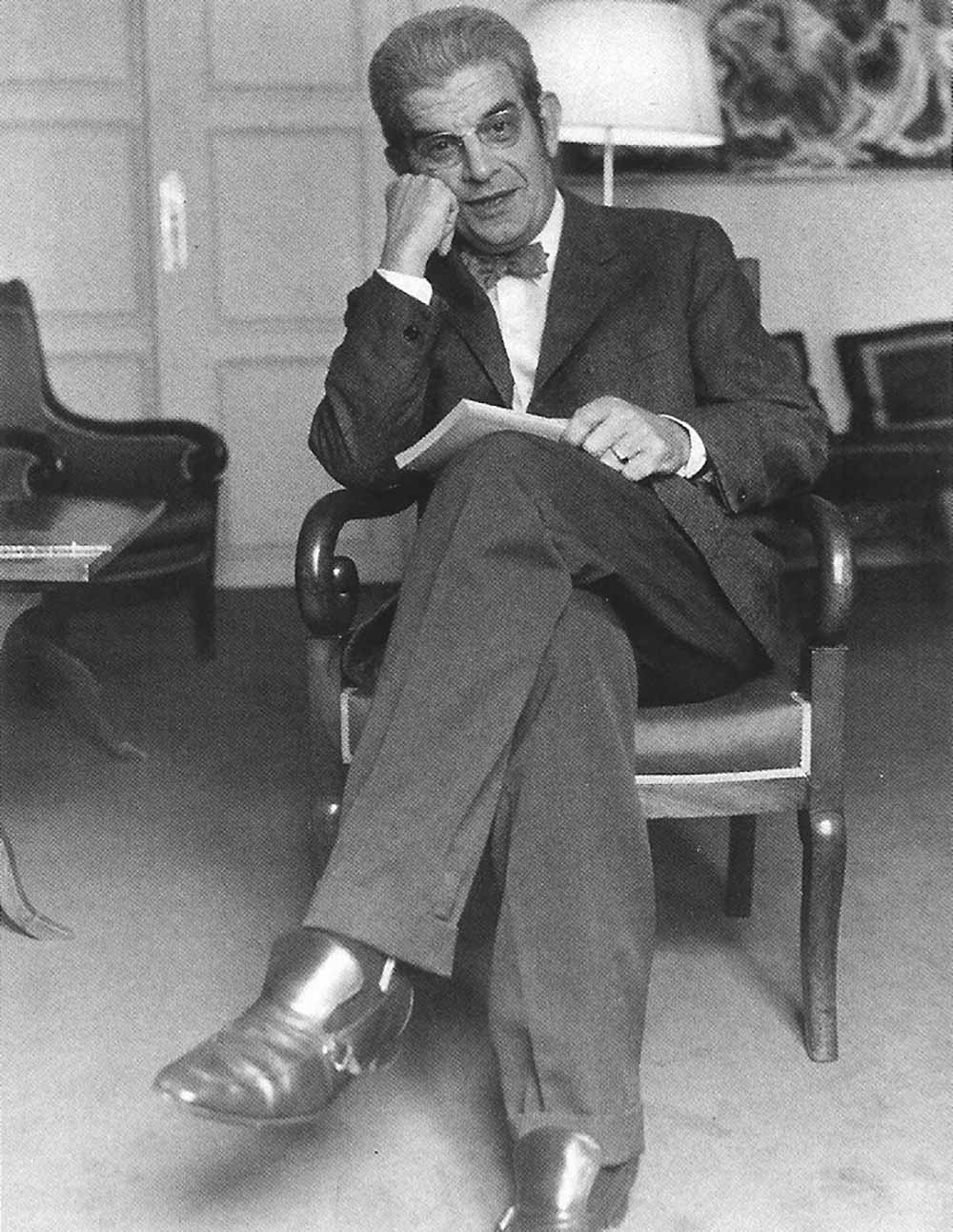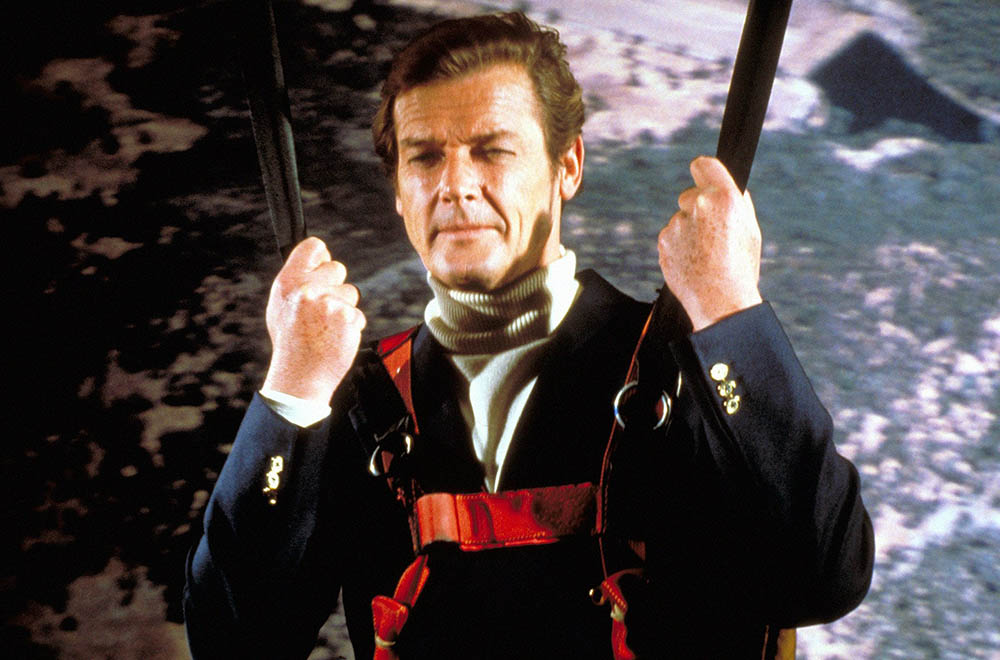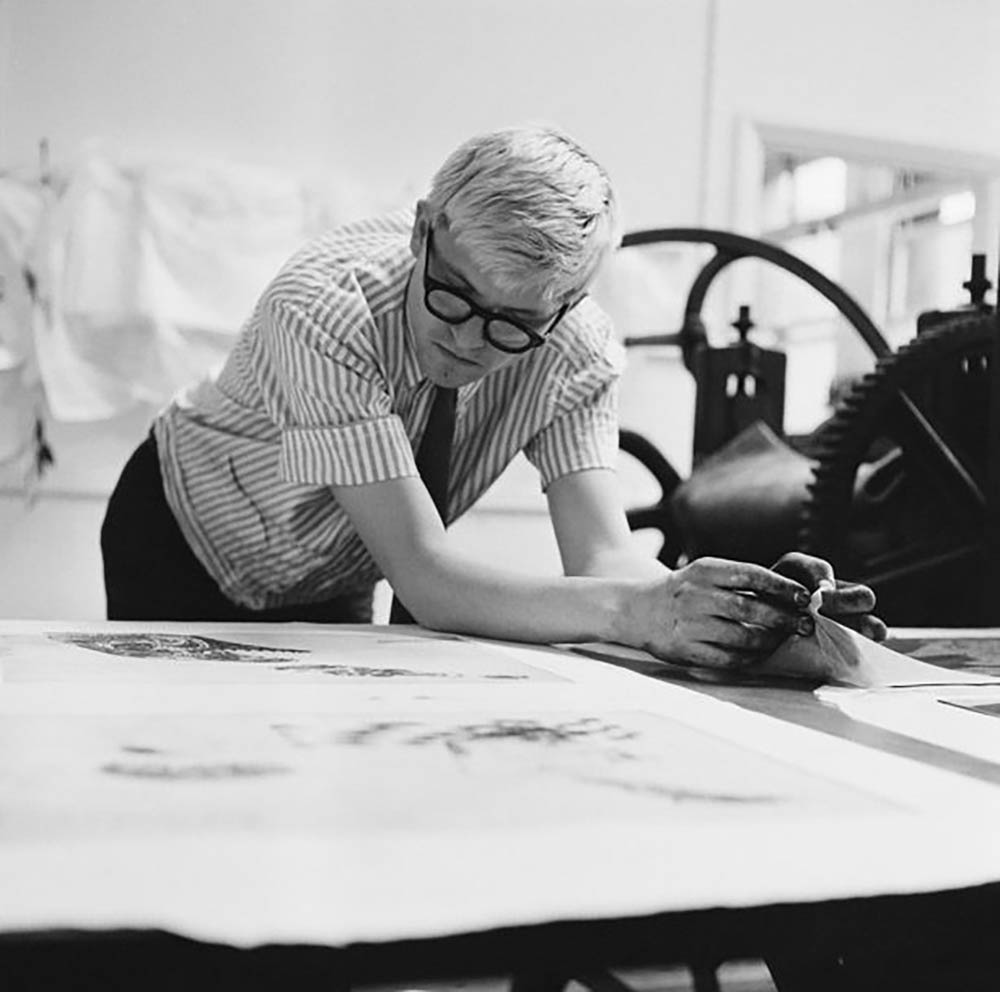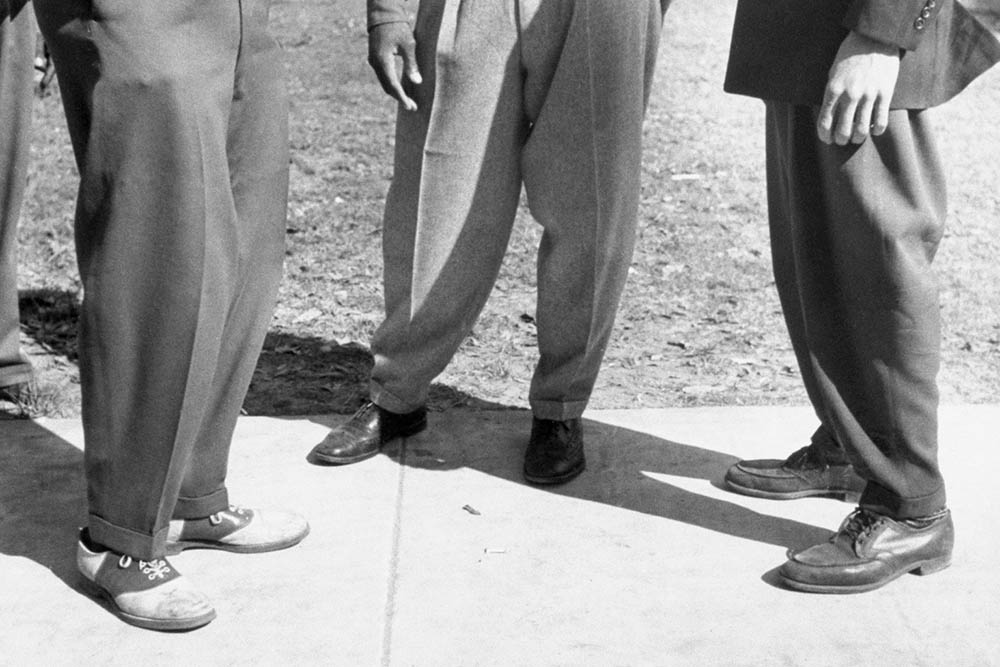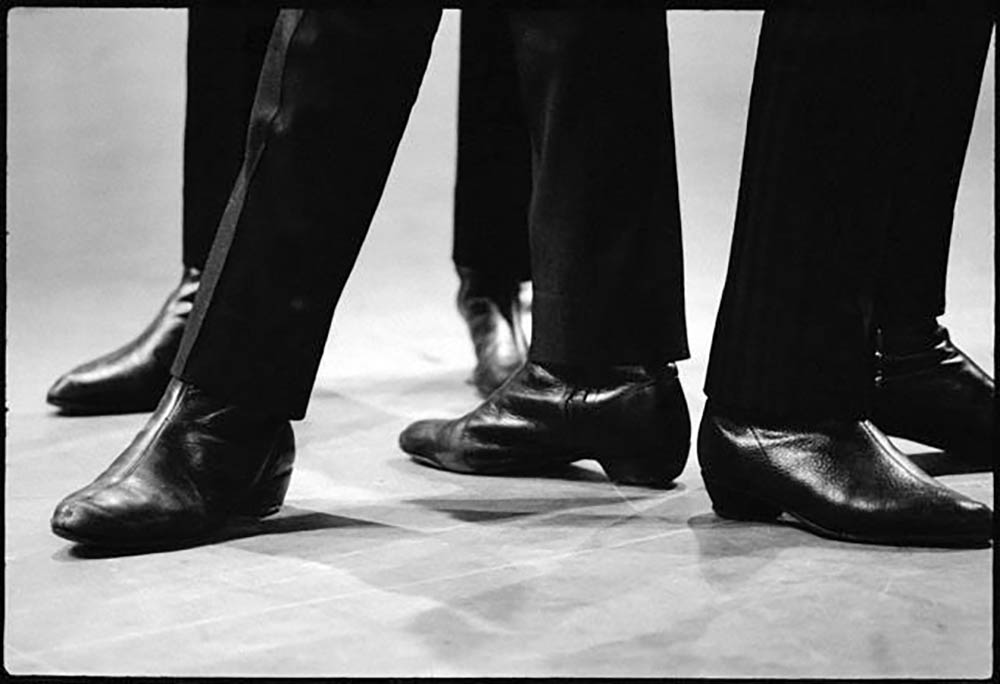The Solaro, developed by the London School of Hygiene & Tropical Medicine, is at first a technical fabric, designed to protect its wearer from ultraviolet rays. It is invented in 1907 by Louis Westenra Sambonn, an oncologist specialised in tropical diseases. Invention of the first technical fabric for colonial troops The fabric is quickly adopted […]
HUSBANDS JOURNAL
Category: SAVOIR-FAIRE
STRAP LOAFERS
Strap loafer designate a loafer featuring a golden strip, with a very short upper and 4 cm heel. Invention of the horse bite loafers by Aldo Gucci Aldo Gucci is the creator of that kind of loafers : he imagined in 1953 a loafer topped by a horse bit on the instep. The shoe aesthetic […]
BLAZERS
« To blaze is a synonym of « to shine » ; « to dazzle ». A meaning that can be a clue as to the blazer’s origins : it is, at first, a lose-fit flannel sport jacket, wore by rowers during races and training to protect them from the wind and the cold. These […]
COLLAR SHIRTS
Collars emerge in the Western world by the mid-15th century. They are then richly adorned and they quickly took extreme proportions, following the example of the well-known ruff from the second part of the 16th century. In the 17th century, also known as the Enlightenment, men, as if they were echoing the philosophers’ new ideas […]
THE STRIPES
« Man proposes and the stripe disposes. (…) In the stripe there is something that resists enclosure within systems. » – Michel Pastoureau Stripes are one of the most ancient patterns imagined by humans. During the Middle Ages, it is used to distinguish individuals excluded from society from whom it was better to stay away. […]
HEMS AND TURN-UPS
Trousers, until the early 19th century, were more of a pair of tights that got wider under the knee, and sometimes featured a cloth strip passing under the shoe to stretch them. In the mid-19th century emerges straight fit trousers, and with them two types of lower leg sections : hems and turn-ups. Workers were […]
HEELS
Heeled shoes make their first appearance at Persian horsemen’s feet at the end of the 16th century. Heels are then useful to help feet stay in the stirrups, a use that persisted with the Santiags (or cowboy boots). During the 17th century, French King Louis XIV wears heels covered with red leather to make himself […]
THE BELTS
Since its most ancient origins, the belt assumes two functions : it is utilitarian since the Bronze Age, to carry one’s weapon mostly ; it is an accessory since Antiquity. In spite of an evolution in shape, this double use remains unchanged in its essence until the beginnings of the XXth century. The modern belt, […]
KNIT TIE
“Knit ties are imperfect by nature.” Luciano Barbera Some trace the knit tie back to the twenties, others to the First World War. However, one factor remains undisputed: its first appearance occurred within the working class. Since it could be handcrafted and made from cheap raw materials, the knit tie then became an everyday accessory. […]
FRESCO
The fresco is in fact not italian, but british. This fabric, named after the literal Italian translation of “fresh”, is created and patented by the manufacture Martin Sons & Company in 1907. Several characteristics define a fresco, the first being the use of shorter wool fibre, thicker, but with increased resilience. This thread comes from the merino sheep, offering […]
